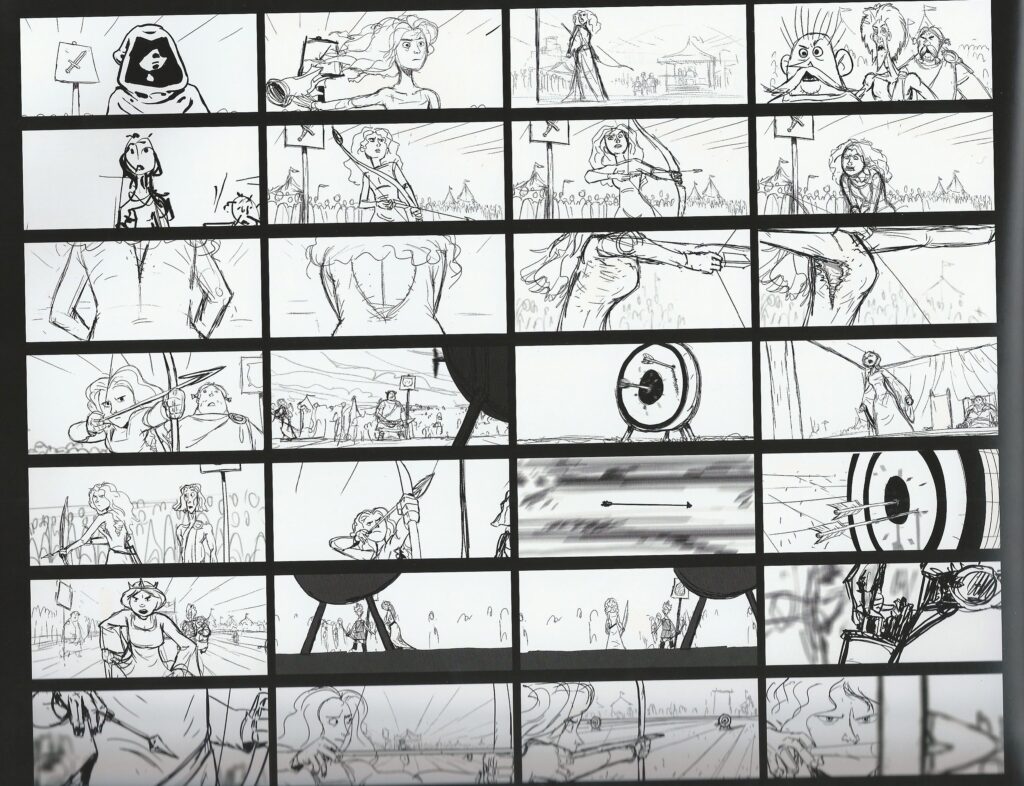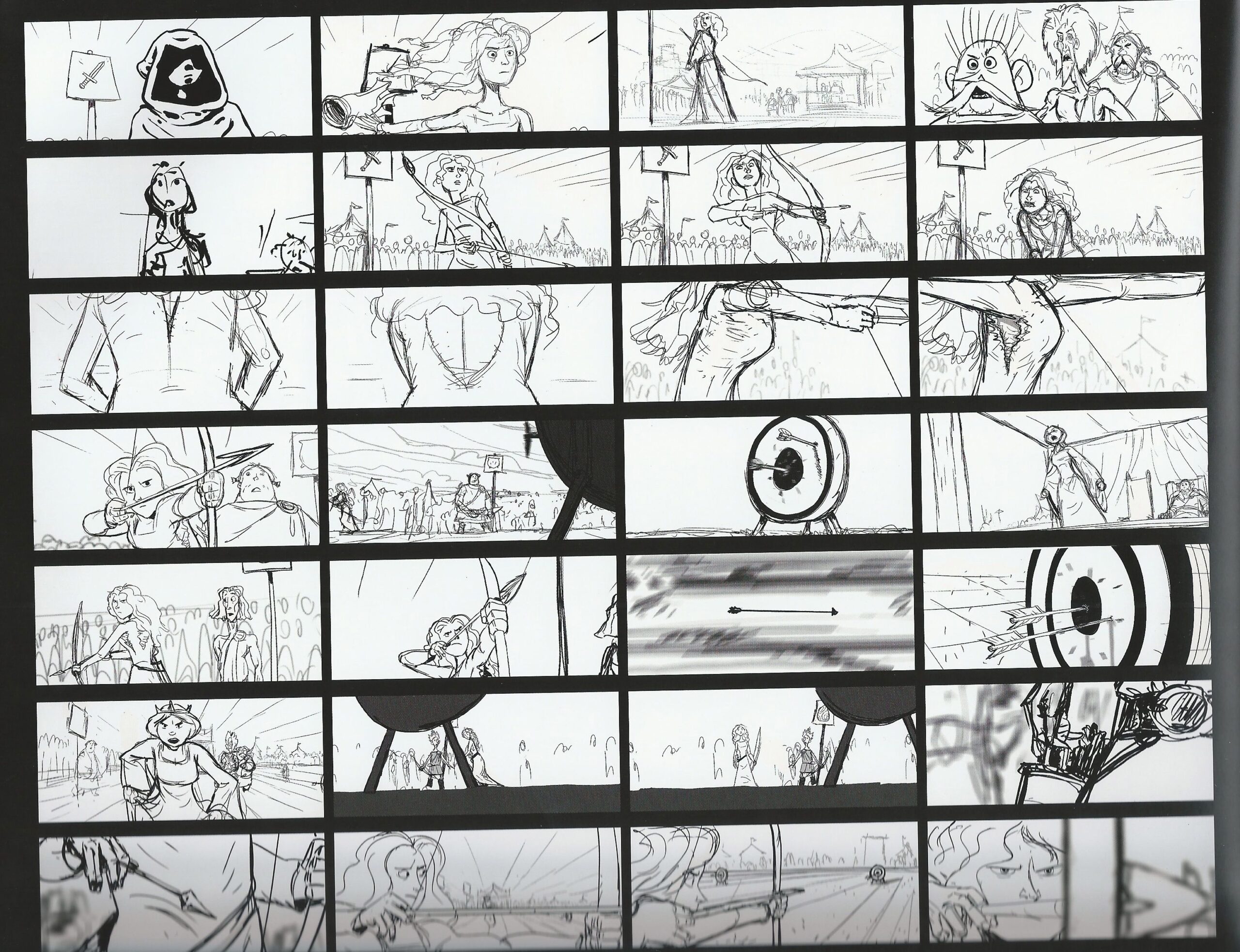
Unveiling Storyboard Artist Pay: A Comprehensive Guide to Earnings in the Industry
The world of visual storytelling is captivating, and storyboard artists are at the forefront of bringing scripts to life. But what does it really mean financially to be a storyboard artist? Understanding storyboard artist pay is crucial for anyone considering this career path. This comprehensive guide delves into the factors influencing storyboard artist pay, from experience level and location to project type and client. We’ll explore the average salaries, hourly rates, and the nuances of freelance versus in-house positions, providing a clear picture of the financial landscape for storyboard artists.
Understanding the Basics of Storyboard Artist Compensation
Storyboard artist pay isn’t a one-size-fits-all figure. It’s a dynamic number influenced by a variety of factors. Let’s break down the key elements that determine how much a storyboard artist can earn.
Experience Level
As with most professions, experience plays a significant role in determining storyboard artist pay. Entry-level positions naturally command lower salaries than those offered to seasoned professionals with a proven track record. A junior storyboard artist might focus on assisting senior artists and learning the ropes, while a senior artist leads projects and mentors junior team members.
Location Matters
The cost of living in a particular city or region significantly impacts storyboard artist pay. Locations with a higher cost of living, such as Los Angeles or New York City, typically offer higher salaries to compensate for the increased expenses. Conversely, areas with a lower cost of living may have lower average salaries for storyboard artists.
Project Type and Scope
The type of project a storyboard artist works on also influences their pay. Feature films, television series, commercials, and video games all have different budgets and production timelines, which ultimately affect the compensation offered to storyboard artists. A large-scale feature film project will generally offer higher pay than a smaller independent film or a short commercial.
Freelance vs. In-House
The employment status of a storyboard artist—whether freelance or in-house—also impacts their earnings. Freelance storyboard artists have the potential to earn more per project but must also manage their own business expenses, including taxes, insurance, and marketing. In-house storyboard artists typically receive a fixed salary and benefits package, providing more financial stability but potentially limiting their earning potential.
Average Storyboard Artist Salary: What to Expect
While pinpointing an exact average salary for storyboard artists is challenging due to the factors mentioned above, we can provide a general range based on industry data and reports. According to various sources, the average annual salary for storyboard artists in the United States falls between $60,000 and $90,000. However, this range can vary significantly depending on experience, location, and project type.
Breaking Down the Numbers: Hourly Rates and Project Fees
For freelance storyboard artists, understanding hourly rates and project fees is essential. Hourly rates can range from $30 to $100 or more, depending on experience and the complexity of the project. Project fees are typically negotiated based on the scope of work, the number of drawings required, and the turnaround time. It’s crucial for freelance storyboard artists to carefully estimate their time and expenses to ensure they are adequately compensated for their work. Understanding the typical storyboard artist pay structure is key to successful freelancing.
Factors Influencing Higher Storyboard Artist Pay
Several factors can help storyboard artists command higher pay rates. These include:
- Strong Portfolio: A well-curated portfolio showcasing a diverse range of skills and styles is essential for attracting high-paying clients.
- Industry Connections: Networking and building relationships with industry professionals can lead to more opportunities and higher-paying projects.
- Specialized Skills: Possessing specialized skills, such as proficiency in 3D modeling or animation software, can make a storyboard artist more valuable to potential clients.
- Reputation and Referrals: A positive reputation and strong referrals from satisfied clients can significantly boost a storyboard artist’s earning potential.
Negotiating Your Worth: Tips for Storyboard Artists
Negotiating your worth as a storyboard artist is crucial for maximizing your earnings. Here are some tips to help you negotiate effectively:
- Research Industry Standards: Understand the going rates for storyboard artists in your location and experience level.
- Highlight Your Value: Emphasize your skills, experience, and the unique value you bring to the project.
- Be Confident: Approach negotiations with confidence and be prepared to justify your asking price.
- Be Willing to Walk Away: Know your bottom line and be prepared to walk away if the offer doesn’t meet your needs.
The Future of Storyboard Artist Pay
The demand for skilled storyboard artists is expected to remain strong in the coming years, driven by the continued growth of the entertainment industry and the increasing use of visual storytelling in various media. As technology continues to evolve, storyboard artists will need to adapt and acquire new skills to remain competitive. However, the fundamental principles of visual storytelling will remain essential, ensuring that talented storyboard artists continue to be in high demand and command competitive storyboard artist pay.
Real-World Examples of Storyboard Artist Pay
Let’s consider a few hypothetical scenarios to illustrate how storyboard artist pay can vary:
- Scenario 1: Entry-Level Storyboard Artist in a Small Animation Studio: An entry-level storyboard artist working in a small animation studio in a city with a moderate cost of living might earn an annual salary of $45,000 to $55,000.
- Scenario 2: Freelance Storyboard Artist with 5 Years of Experience: A freelance storyboard artist with 5 years of experience working on commercials and short films might charge an hourly rate of $50 to $75.
- Scenario 3: Senior Storyboard Artist on a Major Motion Picture: A senior storyboard artist working on a major motion picture in Los Angeles might earn an annual salary of $80,000 to $120,000 or more.
Resources for Finding Storyboard Artist Jobs
Several online resources can help storyboard artists find job opportunities:
- Industry Job Boards: Websites like ArtStation, Behance, and LinkedIn often list storyboard artist positions.
- Animation Studios’ Websites: Many animation studios post job openings directly on their websites.
- Networking Events: Attending industry networking events can help you connect with potential employers.
- Freelance Platforms: Platforms like Upwork and Fiverr can provide opportunities for freelance storyboard artists.
Investing in Your Skills: Education and Training
While formal education isn’t always required to become a storyboard artist, investing in relevant skills and training can significantly boost your career prospects and earning potential. Consider taking courses in drawing, anatomy, perspective, and visual storytelling. Familiarizing yourself with industry-standard software, such as Storyboard Pro, is also highly beneficial. Continuous learning and skill development are essential for staying competitive in the ever-evolving field of visual storytelling, which will positively impact your storyboard artist pay.
The Importance of Networking in the Storyboard Artist Community
Networking within the storyboard artist community is invaluable. Connecting with other artists, attending workshops, and participating in online forums can provide opportunities for collaboration, mentorship, and job referrals. Building strong relationships with industry professionals can open doors to new opportunities and help you stay informed about industry trends and best practices. This, in turn, can lead to better projects and improved storyboard artist pay.
Common Mistakes to Avoid as a Storyboard Artist
To maximize your earning potential and build a successful career as a storyboard artist, avoid these common mistakes:
- Underestimating Your Worth: Don’t undervalue your skills and experience. Charge what you’re worth.
- Poor Portfolio Presentation: Ensure your portfolio is well-organized and showcases your best work.
- Lack of Communication: Communicate effectively with clients and be responsive to their needs.
- Failing to Meet Deadlines: Always meet deadlines and deliver high-quality work on time.
The Role of a Storyboard Artist in Film and Animation
A storyboard artist plays a crucial role in the pre-production phase of film and animation projects. They translate the script into a series of drawings that visualize the scenes, camera angles, and character movements. Storyboards serve as a visual blueprint for the entire production, helping directors, cinematographers, and animators plan their shots and sequences. The clarity and quality of the storyboard directly impact the efficiency and effectiveness of the production process. A skilled storyboard artist can save time and money by identifying potential problems and streamlining the creative process. Their contribution is directly linked to the overall success of the project and justifies fair storyboard artist pay.
Balancing Creativity and Business Acumen
Successful storyboard artists possess both creative talent and business acumen. While artistic skills are essential, it’s equally important to understand the business aspects of the industry, including contracts, invoicing, and marketing. Developing strong business skills can help you manage your finances effectively, negotiate favorable rates, and build a sustainable career. Balancing creativity and business acumen is key to achieving long-term success and maximizing your earning potential as a storyboard artist. Understanding the business side ensures you are fairly compensated for your creative work and achieve optimal storyboard artist pay.
Conclusion: Is a Career as a Storyboard Artist Right for You?
A career as a storyboard artist can be both rewarding and challenging. It requires a combination of artistic talent, technical skills, and business acumen. Understanding storyboard artist pay is crucial for making informed decisions about your career path. By investing in your skills, building your network, and negotiating effectively, you can increase your earning potential and build a successful career in this exciting and dynamic field. If you have a passion for visual storytelling and a strong work ethic, a career as a storyboard artist may be the perfect fit for you. The path to a fulfilling and well-compensated career as a storyboard artist is within reach with the right knowledge and dedication.
[See also: How to Become a Storyboard Artist]
[See also: Storyboard Software Comparison]
[See also: Portfolio Tips for Storyboard Artists]

